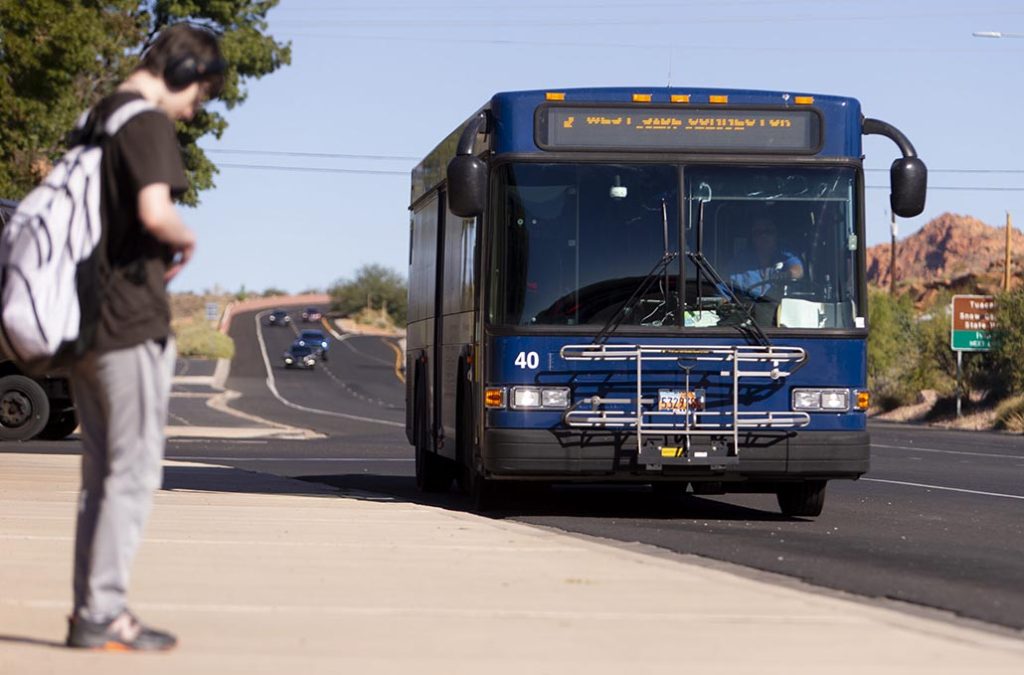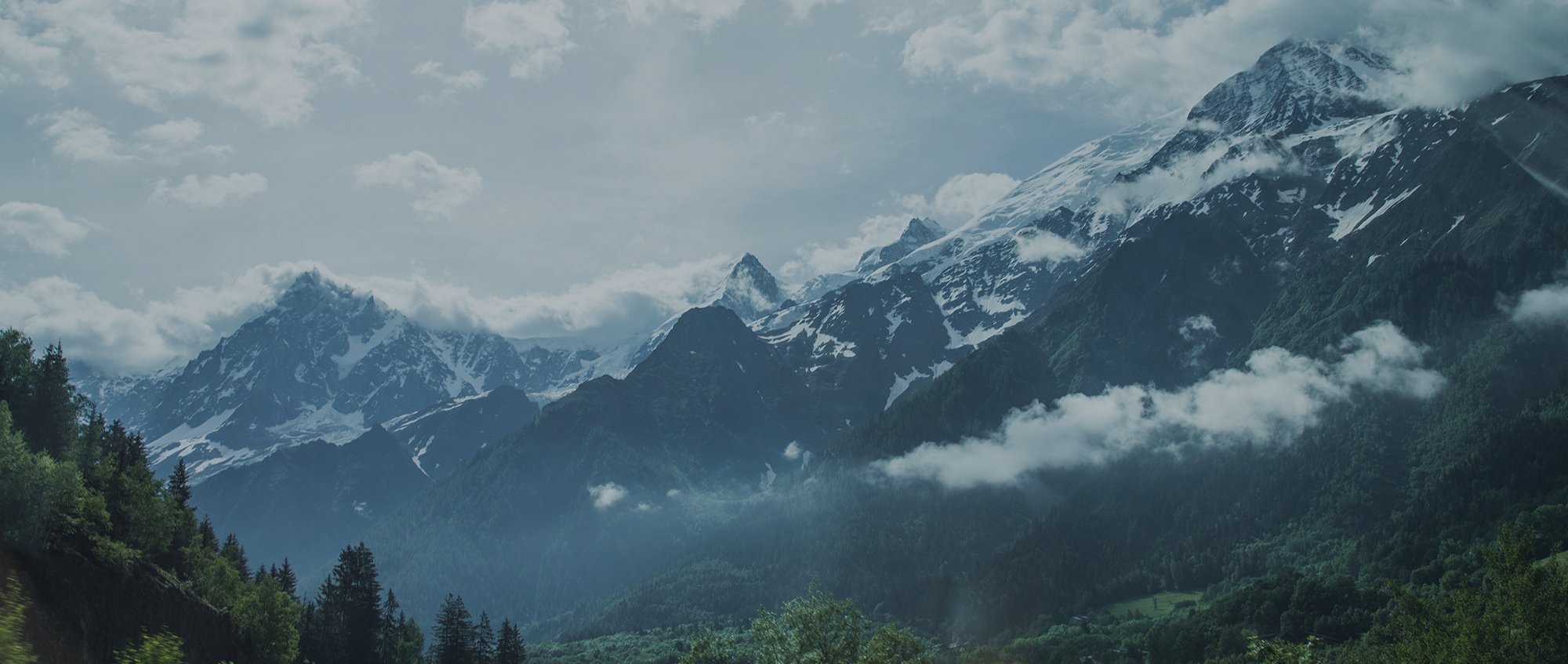Tucson, a desert city located in the state of Arizona, USA, exudes a unique and captivating charm. As the gateway to the American Southwest, Tucson boasts a rich history and cultural heritage, as well as breathtaking natural landscapes. For many travelers heading to Tucson, it is a chance for an intimate experience with nature, but in this vast wilderness, independent travelers often face practical challenges—from transportation to language barriers and ensuring safety. Based on my own experience in Tucson, I’ve created a detailed guide to help you easily navigate these challenges during your trip.
1. Transportation in Tucson
1.1 Airport and City Transport
Tucson International Airport (TUS) serves as the primary air transport hub for the city and is conveniently located approximately 11 kilometers from downtown Tucson. While the airport is relatively small compared to larger metropolitan airports, it is well-equipped with all the essential services that a traveler might need. These include car rental services from major agencies, taxi stands, and bus terminals. Public transport options, while limited, are available with easy connections to the city. For independent travelers, renting a car remains the most efficient and flexible way to explore Tucson upon arrival, offering the freedom to visit more remote attractions at your own pace.
1.2 Car Rental
Given Tucson’s sprawling layout and the distance between key attractions, including its famous desert parks and wildlife reserves, having a car is essential for a smooth experience. The availability of rental cars at the airport is straightforward, with a range of vehicles offered by numerous agencies. The booking process can be done easily online before arrival. Tucson’s road conditions are generally excellent, and the city’s road network is simple to navigate, making it ideal for those unfamiliar with the area. Additionally, parking is rarely an issue, with most popular spots offering both free and affordable parking options. Whether you prefer a compact car for city driving or an SUV for off-road exploration, renting a vehicle allows you to experience the true beauty of Tucson’s desert landscape, especially when visiting remote sites like Saguaro National Park and beyond.
1.3 Public Transportation
Tucson’s public transportation system is operated by Sun Tran, a network of buses that serve the city. While affordable, Sun Tran’s routes are limited, particularly when it comes to accessing the more scenic and natural attractions that Tucson is known for. Public buses mainly serve the urban areas, and while bus tickets are inexpensive, the system is not as expansive as in larger cities. This means that if you plan to visit places such as Saguaro National Park or the Arizona-Sonora Desert Museum, relying on public transport may not be the most practical option. For those staying mainly within the city center or on short trips, buses can be a cost-effective way to get around.
1.4 Taxis and Ride-Sharing
Taxis and ride-sharing services like Uber and Lyft are widely available throughout Tucson, especially around major tourist hubs and downtown areas. These services are convenient for short trips and for those who prefer not to rent a car. Ride-sharing tends to be more affordable than traditional taxis, and both options can be easily accessed via mobile apps, allowing for quick rides to nearby destinations or back to your hotel after a day of sightseeing. While taxis might be slightly more expensive for longer trips, ride-sharing apps offer more affordable pricing and often shorter wait times, making them a good choice for spontaneous transportation needs.

1.5 Walking and Bicycles
For those wishing to stay closer to the heart of Tucson, walking or cycling can be a pleasant and practical way to get around. The city center is relatively compact, with many of Tucson’s restaurants, shops, and cultural attractions situated within walking distance of each other. The mild climate for much of the year makes walking a particularly enjoyable mode of transport. For those who prefer a quicker way of getting around, Tucson also offers a number of bike rental services, which are perfect for exploring the downtown area or heading to nearby parks and attractions. The availability of cycling lanes and bike-friendly infrastructure further enhances the convenience of this eco-friendly transportation option.
2. Language and Communication in Tucson
2.1 Language Overview
Located in the American Southwest, English is the primary official language in Tucson. However, due to its unique geographic location, Tucson’s culture is heavily influenced by Mexico and Latin America, and Spanish is widely spoken. Most locals are fluent in Spanish, especially in Mexican-style restaurants and shops where Spanish is more commonly used.
For most European visitors, English is sufficient for daily communication. However, if you have some basic Spanish skills and can speak a few simple Spanish phrases, you may find yourself more warmly received by locals. In some cultural events or traditional markets, speaking Spanish will help you connect better with the local community.
2.2 Basic English Communication
In most of Tucson’s tourist attractions, restaurants, hotels, and shops, the staff’s English proficiency is generally good, so communication shouldn’t be a major problem. If you are concerned about language barriers, you can use translation apps or learn a few basic English phrases, such as:
- “Excuse me, how much is this?”
- “Where is the bus stop?”
- “Can you recommend a good restaurant?”
However, do keep in mind that some more remote areas, especially natural reserves outside Tucson, may pose communication difficulties in English. It’s advisable to do some prep work before your trip to ensure you can handle basic communication needs.
2.3 Using Translation Tools
If you’re not familiar with Spanish, downloading a translation app can greatly improve your communication efficiency. Apps like Google Translate can not only translate text but also scan menus or street signs via photos to help you understand the surrounding environment.
3. Safety Tips for Tucson
3.1 Safety Overview
Tucson is generally considered a safe city, especially around its main tourist attractions, cultural landmarks, and commercial districts such as downtown and the University of Arizona area. Visitors typically report feeling secure while exploring these parts of the city during both day and night. However, Tucson’s unique location in the Sonoran Desert presents environmental challenges that travelers may not anticipate—such as extreme heat, remote hiking conditions, and occasional encounters with desert wildlife. To fully enjoy Tucson’s scenic beauty and outdoor adventures, it is crucial to take proactive safety measures. Being informed and prepared can make the difference between a comfortable trip and an avoidable mishap.

3.2 Safety in the Natural Environment
- High Temperatures: Tucson’s summer weather is no joke—the temperature can soar past 40°C (104°F), with dry desert air intensifying the heat. In such conditions, outdoor activity can quickly become dangerous, especially for those unaccustomed to the climate. To stay safe, plan hikes or sightseeing excursions during early morning or late afternoon when the sun is less intense. Always carry more water than you think you’ll need (at least 2-3 liters per person), wear breathable, light-colored clothing, a wide-brimmed hat, and reapply high-SPF sunscreen frequently. Avoid alcohol or caffeine before heading into the heat, as these can accelerate dehydration.
- Wildlife:The desert terrain surrounding Tucson is home to a wide variety of creatures, some of which can pose a danger if surprised or provoked. Rattlesnakes are most active in the warmer months, often sunbathing on trails or rocky ledges. Scorpions may hide in shoes, tents, or under rocks. Larger predators like mountain lions and bobcats are more elusive but do exist, especially in remote canyons. Always stay on marked trails, avoid placing hands or feet where visibility is limited, and never feed or approach wild animals. Bringing a walking stick can be helpful for tapping ahead and alerting snakes to your presence.
- Hiking Safety: Tucson offers incredible hiking opportunities—from easy desert walks to challenging mountain treks in the Santa Catalina or Rincon ranges. However, many trails are in arid, unshaded environments where cell reception can be unreliable. Before setting out, research your route thoroughly and check trail conditions, as sudden monsoon storms in late summer can lead to flash floods in washes. Share your hiking plan with someone, including your estimated return time. Carry a detailed map or GPS, bring snacks and emergency supplies, and know the symptoms of heat exhaustion or dehydration so you can act early if needed.
3.3 City Safety
Tucson’s downtown area is generally safe, but, like any city, there are areas that require caution. It is advisable to avoid unfamiliar areas at night, especially some more remote or poorly lit streets. In crowded places, like markets or festival events, stay alert to prevent pickpocketing.
3.4 Emergency Contacts
When traveling in Tucson, it’s a good idea to always have emergency contact numbers, including those for local medical facilities and the police. The emergency number in the U.S. is 911. If you encounter any emergencies or need assistance, dialing this number will connect you to the proper authorities.
Tucson, with its rich history, culture, and stunning natural beauty, offers a unique experience, but the challenges of transportation, language, and safety may arise for independent travelers. However, with adequate preparation and thoughtful planning, you can easily enjoy a smooth and enjoyable trip. Understanding the transportation options, learning some basic phrases, and taking the necessary safety precautions will make your journey more enjoyable and stress-free.

-850x560.jpg)